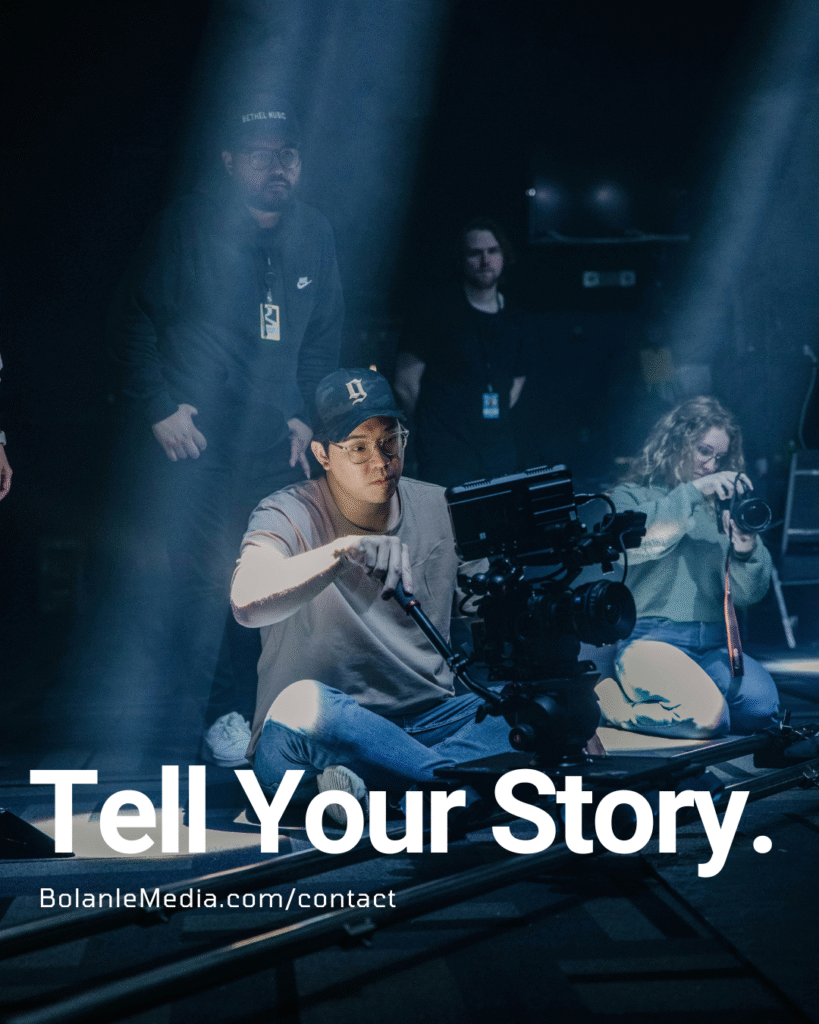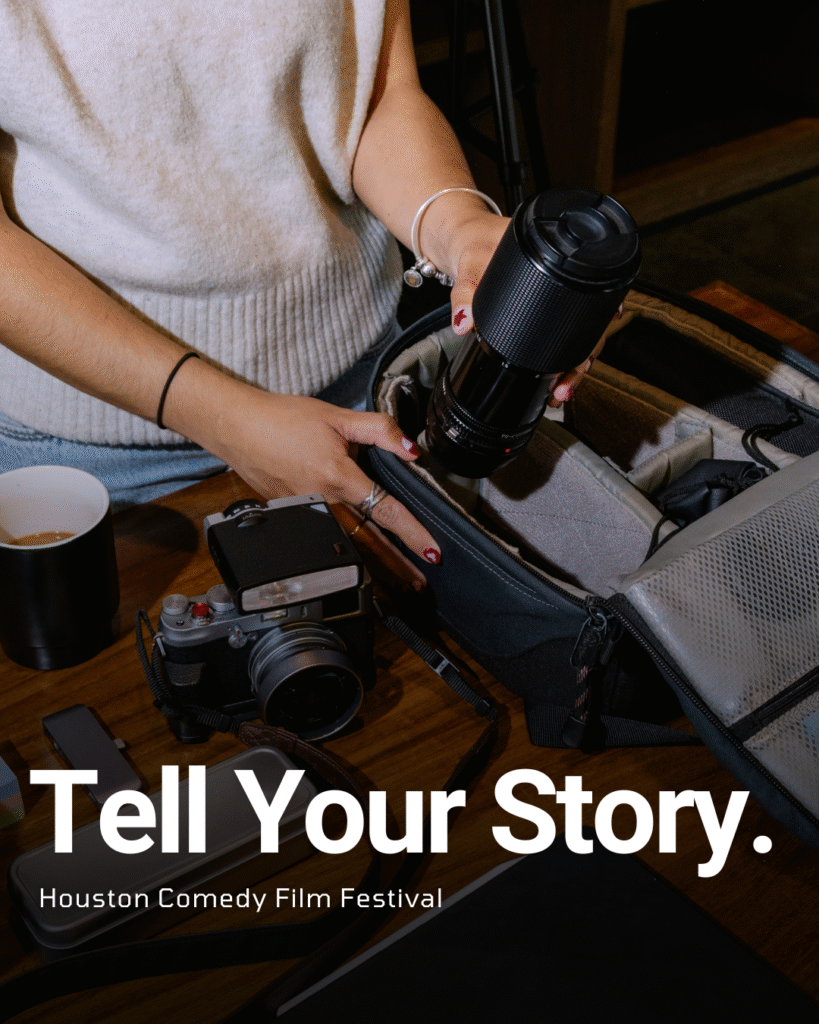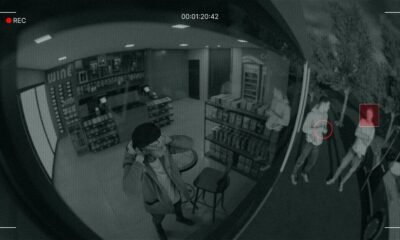News
Bad Bunny Makes History – and Headlines – As Super Bowl Halftime Choice

Global superstar Bad Bunny has once again put Latin music and culture squarely in the spotlight—this time, as the headline performer for the 2026 Super Bowl halftime show. The Puerto Rican artist’s upcoming performance is set to be delivered entirely in Spanish, marking a historic first for the event and signaling a major win for Latino representation in American pop culture.
Celebration and Backlash
The announcement was widely celebrated across social media and the entertainment industry. Past halftime show stars like Jennifer Lopez, Shakira, and Bruno Mars openly voiced their support, emphasizing how powerful Bad Bunny’s presence is for a new generation of fans. His enormous global influence is backed by chart-smashing releases, stadium-filling tours, and millions of music streams.
But not everyone was happy. Conservative and MAGA supporters quickly generated a backlash, criticizing Bad Bunny’s selection. President Donald Trump dismissed the decision as “absolutely ridiculous,” while House Speaker Mike Johnson insisted that a “real American” should have been chosen—suggesting country singer Lee Greenwood instead. The criticism ranged from accusations that Bad Bunny “isn’t American enough,” to complaints about his choice to perform exclusively in Spanish.
Culture Clash and Impact
Bad Bunny’s selection is the latest example of Latino artists facing heated cultural debates at high-profile U.S. sports events. The controversy echoes past reactions to performances from artists like Jose Feliciano, Jennifer Lopez, and Shakira. These moments highlight ongoing conversations about American identity, representation, and inclusion.
Despite the rancor, Bad Bunny’s star continues to rise. Almost immediately after the announcement, his music streams and social engagement surged in the U.S., with fans joking that everyone needs to brush up on their Spanish before halftime. Bad Bunny himself responded with humor and pride, saying, “What I’m feeling goes beyond myself. It’s for those who came before me and ran countless yards so I could come in and score a touchdown…This is for my people, my culture, and our history. Ve y dile a tu abuela, que seremos el HALFTIME SHOW DEL SUPER BOWL”.
Billboard Honor and Ongoing Influence
Bad Bunny will also be honored as Billboard’s Top Latin Artist of the 21st Century at the 2025 Billboard Latin Music Awards in Miami. This recognition celebrates his historic success on the Billboard charts, groundbreaking achievements in fashion and film, and his social influence across generations.
With record-breaking tours, innovative collaborations, and fashion statements, Bad Bunny is not only changing the soundscape—he’s reshaping pop culture’s boundaries.billboard+2
Conclusion
The storm around Bad Bunny’s Super Bowl halftime show is more than a musical controversy. It’s a landmark in the ongoing story of Latino artists claiming their space in American culture, and a reflection of the tensions—and triumphs—of representation in 2025. Whether you’re learning Spanish for halftime or tuning in for the debate, one thing is clear: Bad Bunny’s moment is making history.
Health
Over Half of Americans Use PTO for Pure Rest, While 1 in 3 Do Nothing for Days

More than half of Americans are now spending their paid time off (PTO) resting at home, with a full third choosing to do absolutely nothing for days on end—a trend that’s being dubbed “bedrotting.” According to a revealing Marleep survey, 57% of respondents admit to taking time off specifically to lay in bed, while 33% say they’ve set aside multiple days in the past year just for complete rest. This emerging pattern speaks volumes about growing burnout and the changing face of workplace culture across generations.
For many, PTO once meant planning adventures or memorable getaways. Now, it more often means using that precious time off for deep recovery. The Marleep study found that most Americans are not traveling the world or exploring new hobbies on their days off—they’re simply unplugging, retreating to their beds, and, frequently, scrolling endlessly on their phones.

One telling detail from the survey is the emotional toll: 53% of people feel guilty for using their PTO to rest instead of engaging in more traditional, active pursuits. Workplace expert Joyelle Crawford explains that this sense of guilt itself is a red flag, rooted in a “business over balance” culture that often leaves people too exhausted to even plan a vacation.
“Gen Z isn’t lazy—they’re literate in self-preservation. They’re rejecting hustle culture and taking bedrotting days because traditional models of work and rest aren’t working for them.” — Joyelle Crawford
Crawford encourages viewing PTO as “permission to optimize.” She suggests using these days to reset, reflect, and rethink personal boundaries—sometimes the most restorative vacation is about stepping back from overcommitting, not from leaving town.

This approach is especially pronounced among Gen Z, who are most likely to cancel plans due to anxiety or low motivation. Experts say this isn’t laziness but a sign that younger generations are prioritizing mental health and healthy boundaries. Still, it’s important to combine this newfound rest ethic with intention—rest without purpose can slide into avoidance and isolation.
57% of Americans now use PTO just to rest in bed—while 1 in 3 take multiple days off just for doing nothing.
As more Americans choose bed over beaches on their days off, they’re sending a clear message: sometimes, genuine recovery means doing absolutely nothing, and that’s perfectly okay.
News
ChatGPT Prompts Lead to Arrest in Pacific Palisades Fire Case
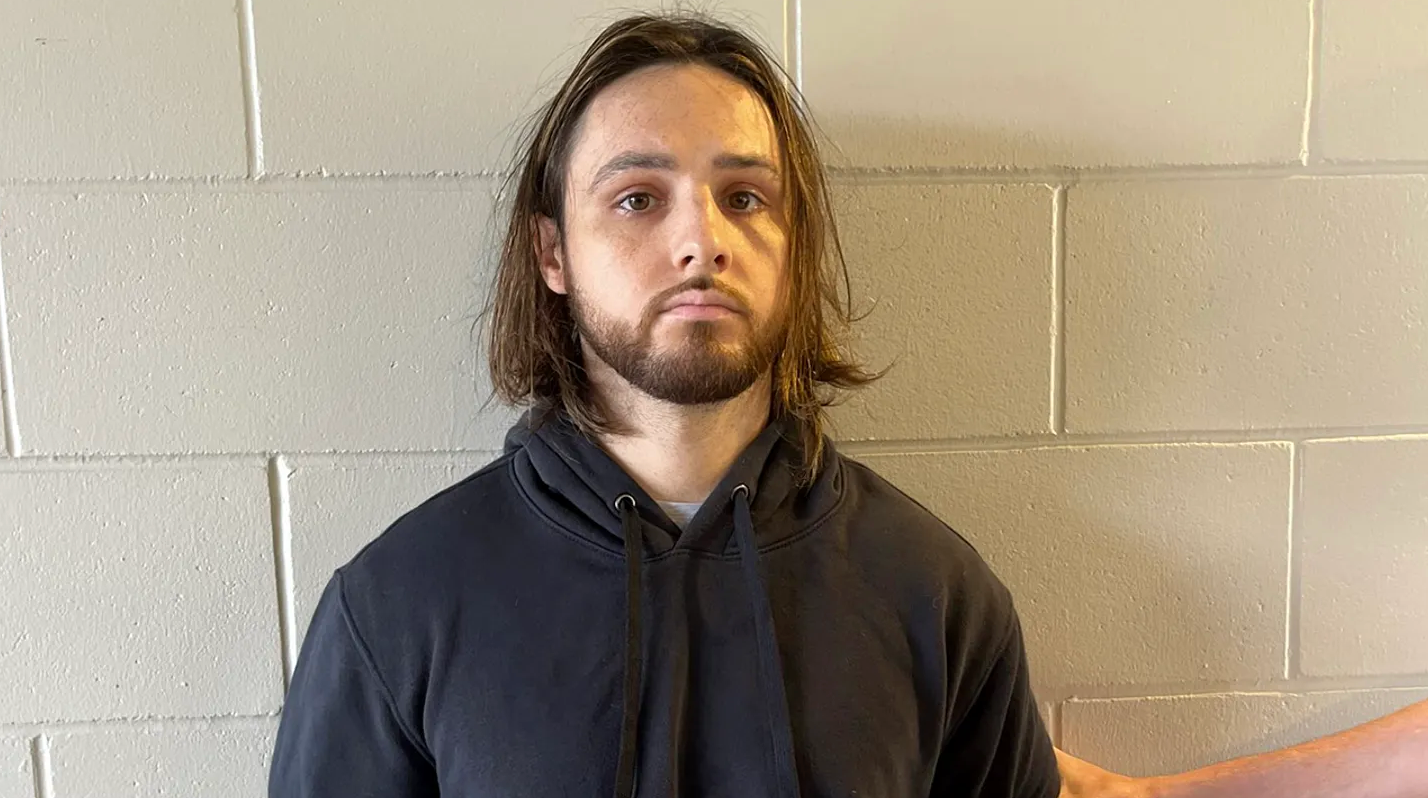
Investigators have ushered in a new era for crime-solving with the arrest of Jonathan Rinderknecht in connection with the devastating Pacific Palisades fire—using evidence from his very own ChatGPT prompts. What was once thought of as a private dialogue between man and machine has now become central to one of California’s most tragic arson cases.

Unmasking an Arsonist Through AI
As the January 2025 wildfire raged through Pacific Palisades, leaving over 6,000 homes destroyed and twelve lives lost, investigators looked beyond traditional clues. They discovered Rinderknecht had asked ChatGPT months before the fire to generate dystopian images depicting burning cities, fleeing crowds, and a world on fire—details disturbingly close to what would later unfold. These prompts became more than digital artwork; they were a window into the suspect’s mindset and possible intent.
The Digital Trail
Not content with images alone, authorities found even more direct evidence in Rinderknecht’s chat history. Shortly after midnight on January 1, officials say he walked a remote trail after finishing an Uber ride, then set the initial blaze. Around the same time, he queried ChatGPT: “Are you at fault if a fire is ignited because of your cigarettes?”—seemingly searching for a legal loophole or trying to create an innocent explanation. This, added to location data and phone records showing his presence at the fire’s origin, gave prosecutors a strong and unique case.
ChatGPT’s Role in the Case
According to the Department of Justice, the prompts and images retrieved from ChatGPT formed part of a broader tapestry of evidence. The “dystopian painting” created by the AI, as described in court records, depicted the very kind of disaster that occurred in Pacific Palisades, and was showcased during press briefings as proof of premeditation.
Legal experts say this case could set new precedent for the use of AI-generated content in courtrooms, as authorities treat chatbot histories and digital prompts much like text messages, emails, or social media posts—fully subject to subpoenas and forensic analysis.
Setting a New Digital Standard
For the people of Los Angeles, the Palisades fire stands as a grim reminder of what can be lost in hours. For law enforcement and legal experts, it is also a milestone: AI conversations and digital records now join the fingerprints, witness reports, and physical evidence that help crack tough cases.
The arrest of Jonathan Rinderknecht is a warning to anyone who imagines digital footprints are easily erased. Today, even conversations and creations with artificial intelligence can be tracked, retrieved, and used in a court of law.
News
Who Owns Your AI Afterlife?
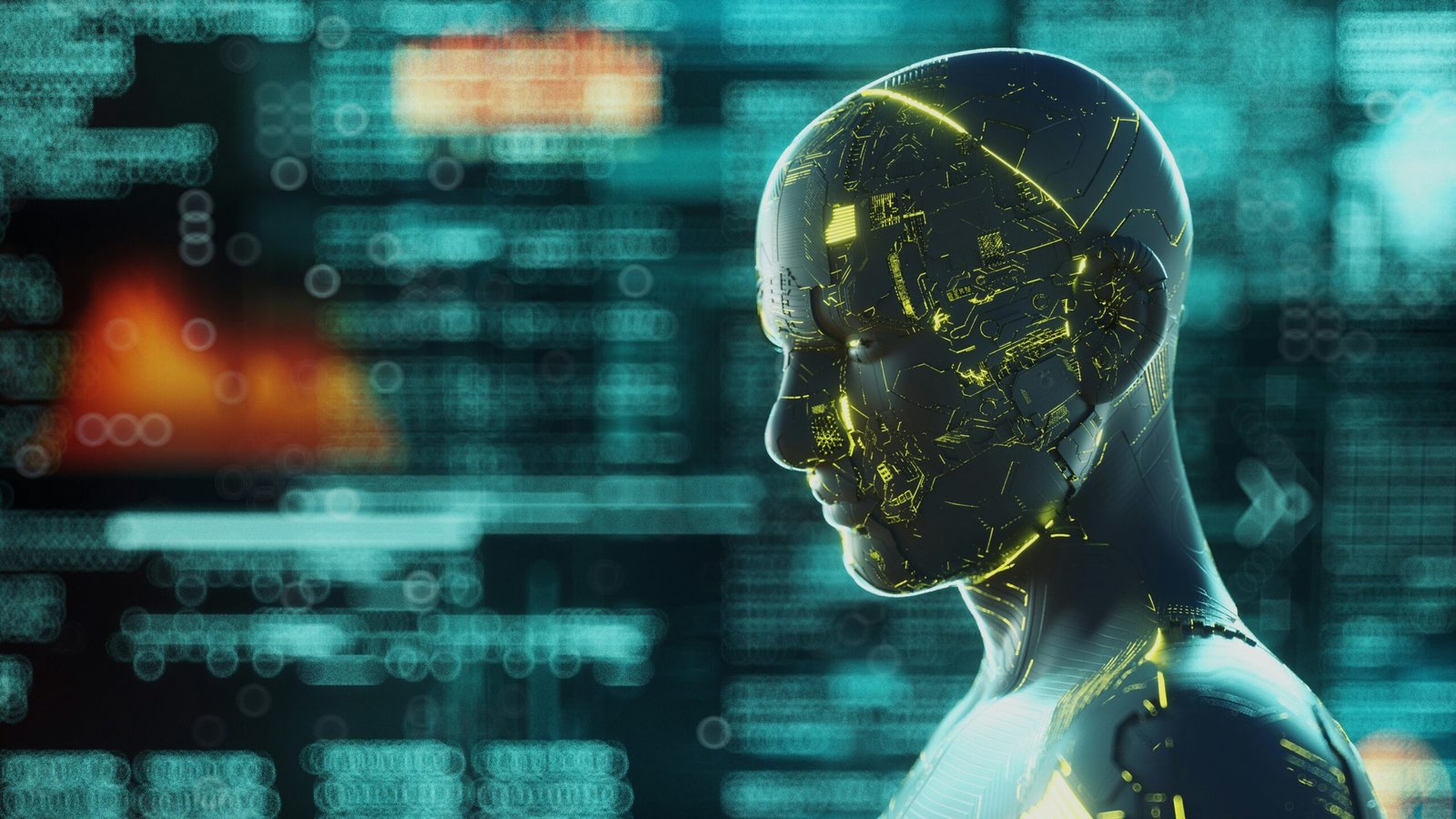
As artificial intelligence increasingly resurrects the voices and faces of the dead, the question of ownership over a person’s “digital afterlife” has never been more urgent. Generative AI can now create digital avatars, voice clones, and chatbots echoing the memories and personalities of those long gone, propelling a rapidly expanding global industry projected to reach up to $80 billion by 2035. Yet behind the novelty and comfort offered by these virtual presences lies a complex web of legal, ethical, and emotional challenges about who truly controls a person’s legacy after death.

The Rise of Digital Resurrection
AI-driven “deadbots” now allow families to interact with highly realistic digital versions of departed loved ones, sometimes for as little as $30 per video. In China, more than 1,000 people have reportedly been digitally “revived” for families using AI, while platforms in Russia, the U.S., and beyond have seen a wave of demand following tragic losses. Globally, tech firms like Microsoft, Meta, and various startups are investing heavily in tools that can preserve memories and even simulate ongoing conversations after death.
Market and Adoption Statistics
Industry analysis shows that the digital afterlife market, encompassing AI-powered grief technology, memorial services, and “legacy chatbots,” was worth over $22 billion in 2024 and is on track for a compound annual growth rate of 13-15% into the next decade. As more than 50% of people now store digital assets and personal data online, demand for posthumous control over these “digital selves” is surging. By 2100, there could be as many as 1.4 billion deceased Facebook users, further complicating the landscape of digital rights and memorialization.
Who Controls the Data: The Legal Uncertainty
Ownership of a digital afterlife is a legal gray zone worldwide. Laws about digital assets after death differ by country and platform, with many social media and AI firms resisting calls to grant families or estates clear ownership or deletion rights. There is limited global consensus, and few legal mechanisms for relatives to prevent (or approve) AI recreations or to control how the data and digital likenesses are used after death.
A 2024 study found that 58% of people believe digital resurrection should require explicit “opt-in” consent from the deceased, while only 3% supported allowing digital clones without any advance approval. Still, AI companies often hold ultimate authority over the deceased’s data and images, operating on terms of service that many users never read or fully understand.
Ethical and Emotional Questions
The debate goes far beyond just ownership. While some psychologists argue that digital afterlife tech can provide comfort or therapeutic closure, others warn it may trap grieving individuals in endless “loops” of loss, unable to truly let go. Public figures like Zelda Williams have publicly condemned unauthorized AI recreations, calling them “horrendous Frankensteinian monsters” that disrespect the dead. As these recreations expand—sometimes for memorial purposes, sometimes for profit or political gain—the risk of reputational harm, deepfakes, or even fraud increases.

The Future: Demand for Control, Not Just Comfort
As the landscape evolves, demand is rising for “digital legacy” services that allow people to set rules for their AI afterlife, designate heirs to data, or permanently erase online profiles. Some startups are building secure digital “wills” and vaults to give users control even from beyond the grave.
Yet until legal systems catch up, the answer to “who owns your AI afterlife?” remains unsettled—caught between the comfort of those left behind, the commercial interests of tech firms, and the fundamental rights of the deceased to control their own legacy in the digital age.

 Business3 weeks ago
Business3 weeks agoDisney Loses $3.87 Billion as Subscription Cancellations Surge After Kimmel Suspension

 Entertainment3 weeks ago
Entertainment3 weeks agoWhat the Deletion Frenzy Reveals in the David and Celeste Tragedy

 Filmmaking4 weeks ago
Filmmaking4 weeks agoThe Real Reasons Film Jobs Are Disappearing

 Entertainment4 weeks ago
Entertainment4 weeks agoABC Suspends ‘Jimmy Kimmel Live!’ Indefinitely After Kirk Remarks

 Film Industry4 weeks ago
Film Industry4 weeks agoInside “Sanctuary”: Ian Courter on Military Comedy’s Human Side

 Tech4 weeks ago
Tech4 weeks agoWhy Experts Say AI Could Manipulate, Blackmail, and Even Replace Human Relationships

 News4 weeks ago
News4 weeks agoSeeing Trauma: What Charlie Kirk’s Death Reveals About a Nation in Conflict

 Entertainment3 weeks ago
Entertainment3 weeks agoExecutive Producer Debut: How Celia Carver Created Festival Hit ‘Afterparty’


